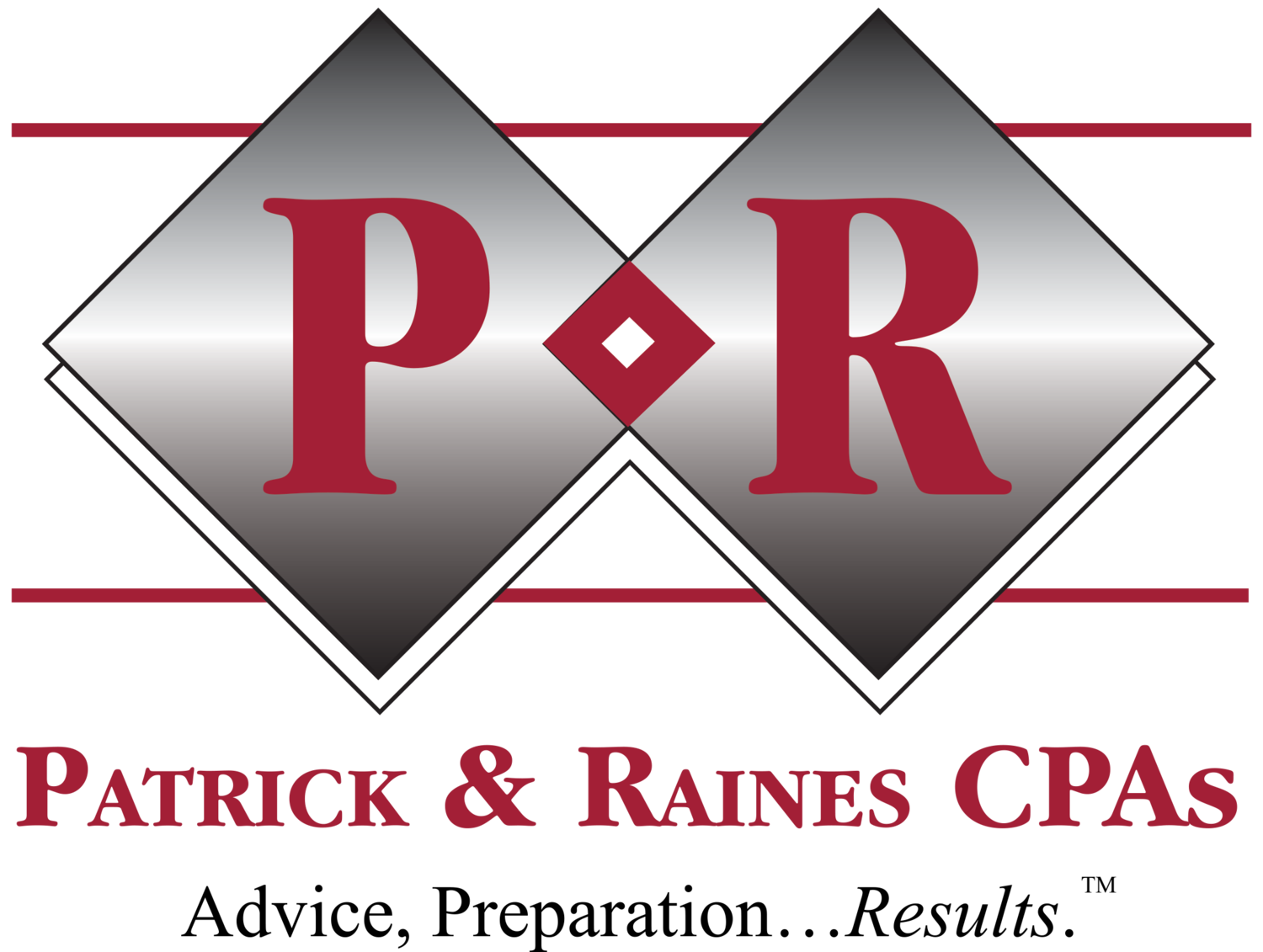Are You Missing Any Miscellaneous Deductions?
Most of us who itemize deductions on our tax return (instead of using the standard deduction) are aware of the big three deductions: taxes, mortgage interest, and charitable contributions. A small percentage may benefit from the medical deduction but with the 7.5% hurdle (soon to be 10%), that group is getting smaller.Occasionally, you may qualify for a personal casualty loss, which has its own rules and limitations, but many overlook the most interesting little group of deductions named miscellaneous. Perhaps you’re missing something, so let's look into these deductions a little deeper.Miscellaneous deductions fall into two major groups: those that are subject to a 2% threshold of your adjusted gross income and those that aren’t.Deductions subject to the 2% limit include:
- Unreimbursed employee expenses, such as searching for a new job in the same profession, certain work clothes and uniforms (includes active duty military equipment and its maintenance), work tools, union dues, and work-related travel and transportation
- Tax preparation fees and advice
- Other expenses** that you pay to:
- Produce or collect taxable income
- Manage, conserve, or maintain property held to produce taxable income
- Determine, contest, pay or claim a refund of any tax
**Examples of other expenses include certain investment fees and expenses, some legal fees, hobby expenses that aren’t more than your hobby income, and rental fees for a safe deposit box related to the above activities if it’s not used to store jewelry and other personal effects.Deductions not subject to the 2% limit include:
- Casualty and theft losses from income-producing property such as damage or theft of stocks, bonds, gold, silver, vacant lots and works of art
- Gambling losses up to the amount of gambling winnings
- Impairment-related work expenses of persons with disabilities
- Losses from Ponzi-type investment schemes
All of these qualified miscellaneous deductions are reported at the bottom of Schedule A, Itemized Deductions. Just like your other deductions, maintain records of miscellaneous deductions to make it easier to prepare your tax return when the filing season arrives.Some expenses cannot be deducted, such as personal living or family expenses, and many taxpayers find it confusing to determine what counts and what doesn't. We can help you there, but don't wait until tax time, as recovering these records later may be difficult.One of the hazards of deducting these miscellaneous items is that the Alternative Minimum Tax may kick in, so be sure you have all your facts before filing that return with these well-deserved deductions.You can find more information and examples in IRS Publication 529, Miscellaneous Deductions, which is available on IRS.gov or by calling 800-TAX-FORM (800-829-3676). If you have other questions or need help with your deductions, please contact Patrick & Robinson CPAs at Office@CPAsite.com or 904-396-5400.

